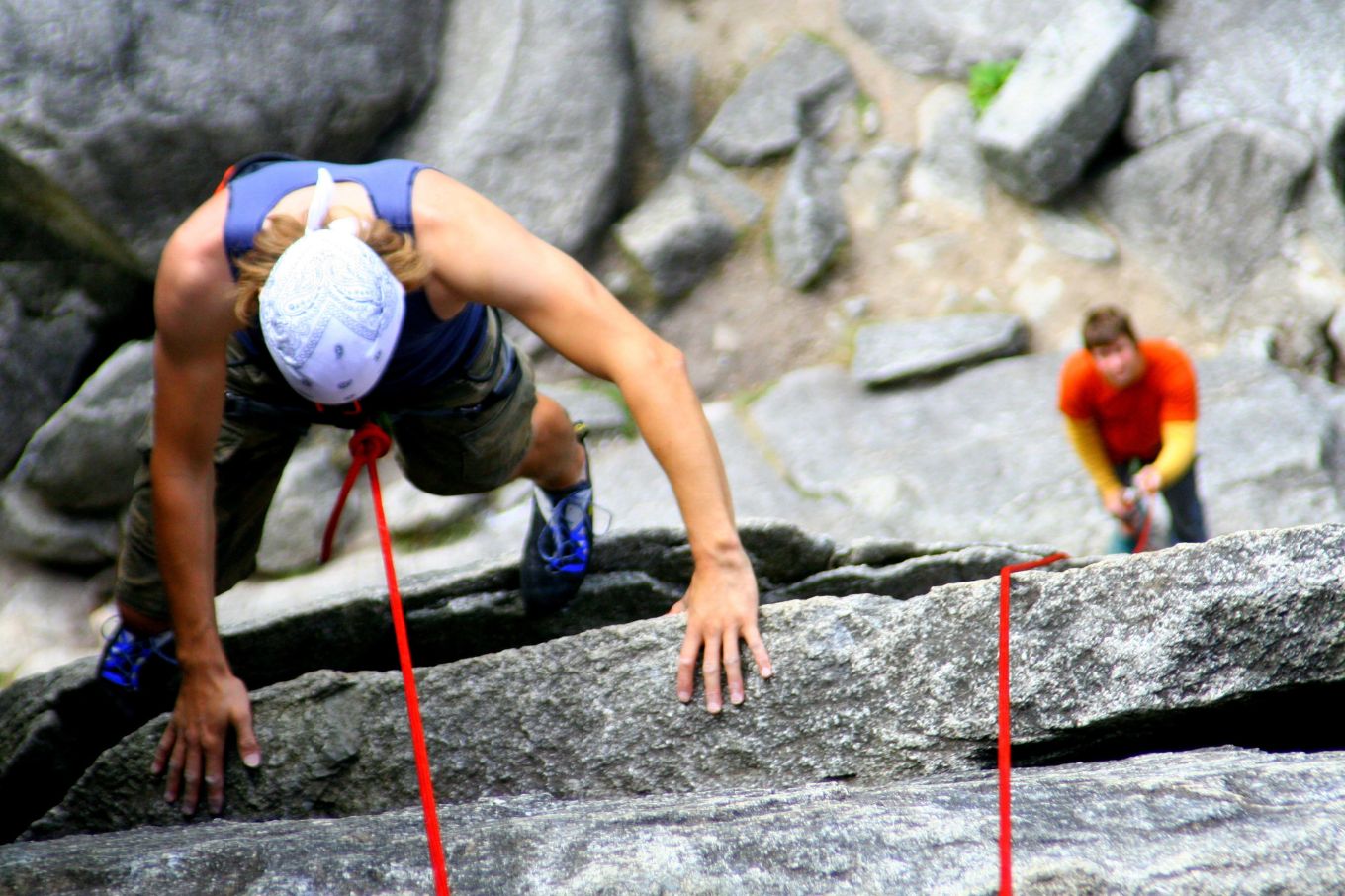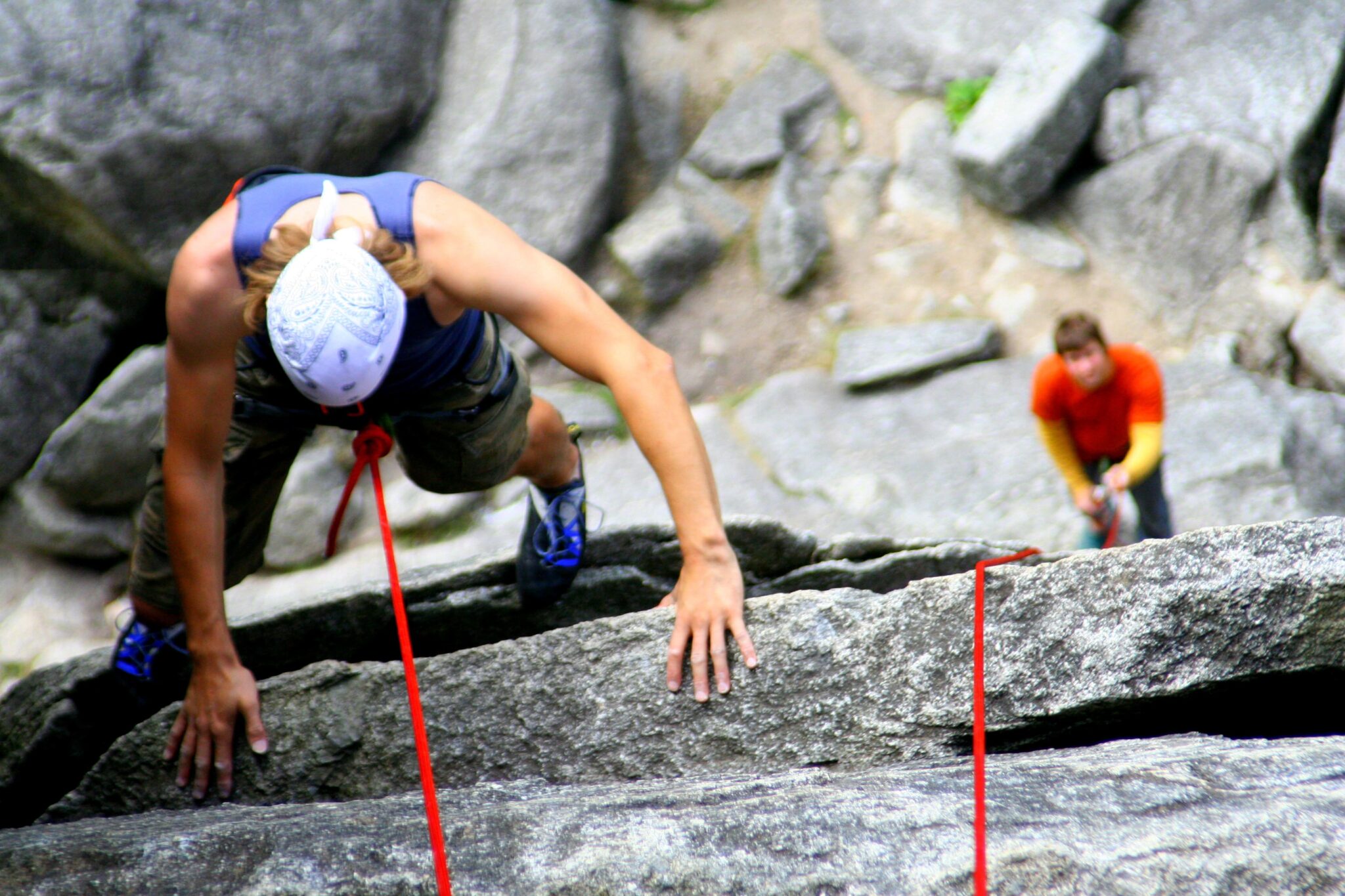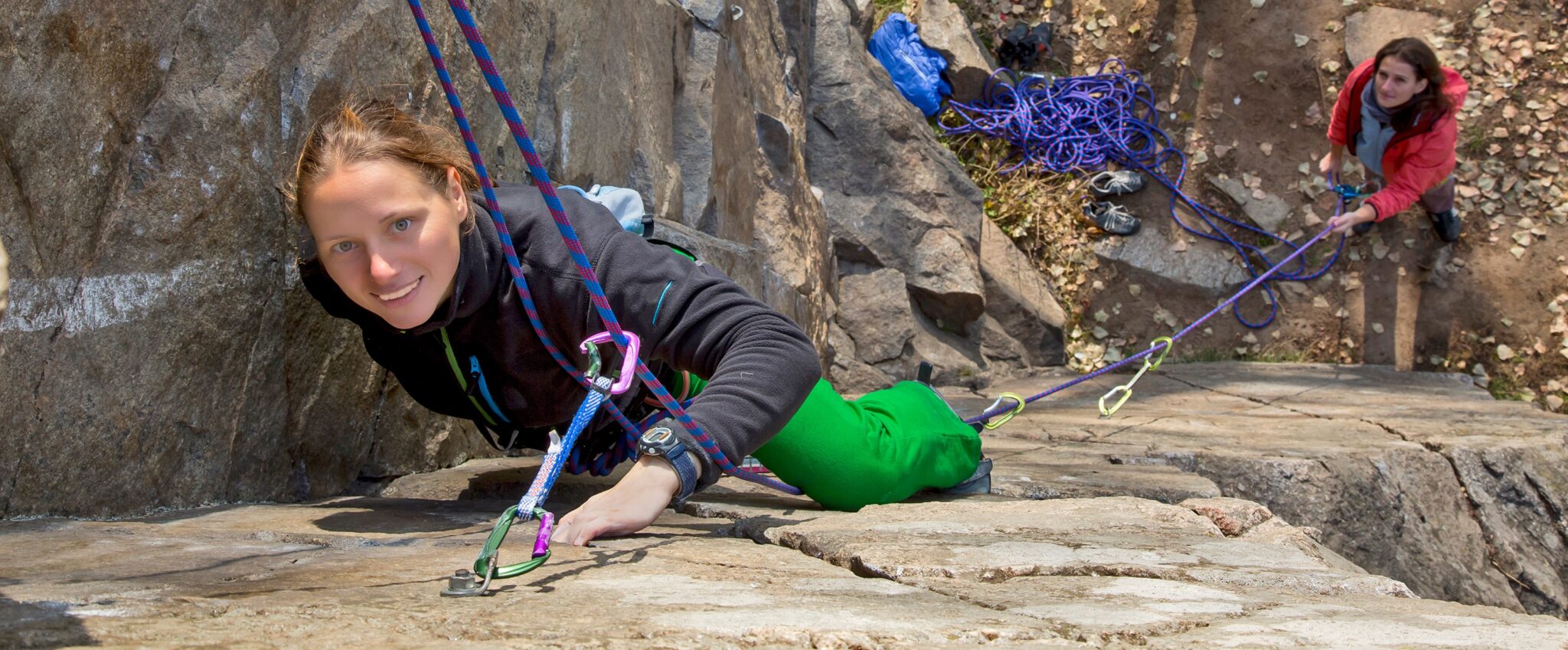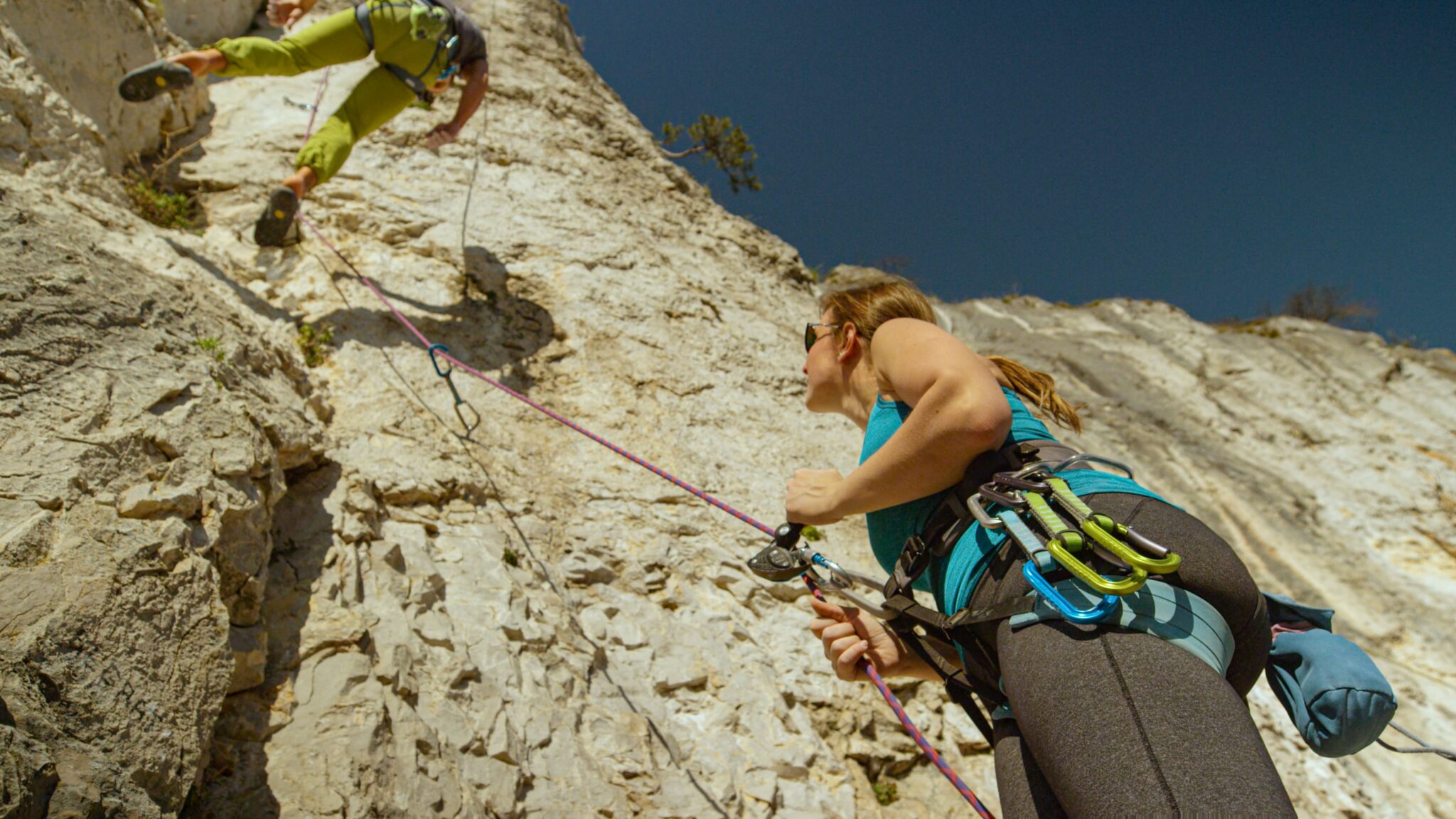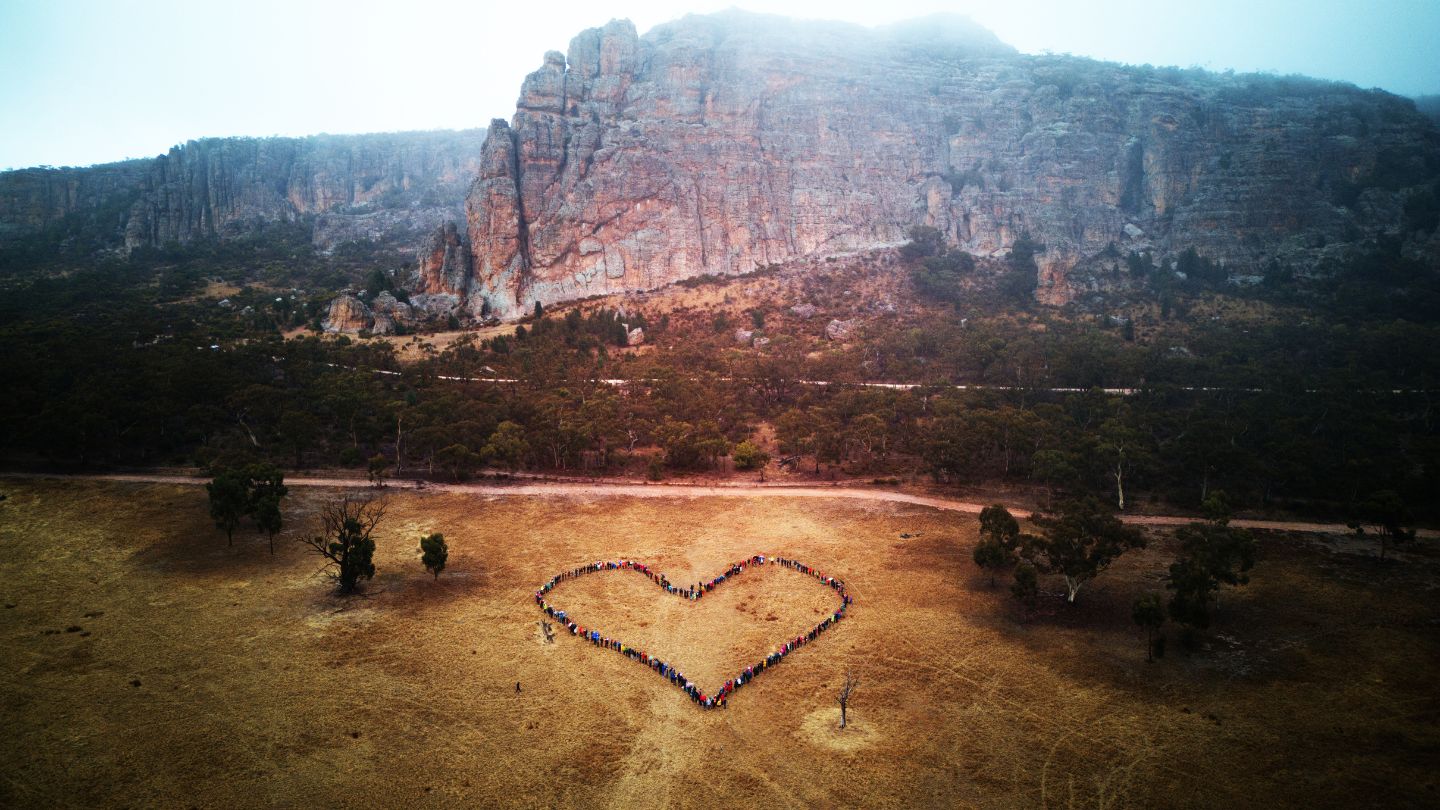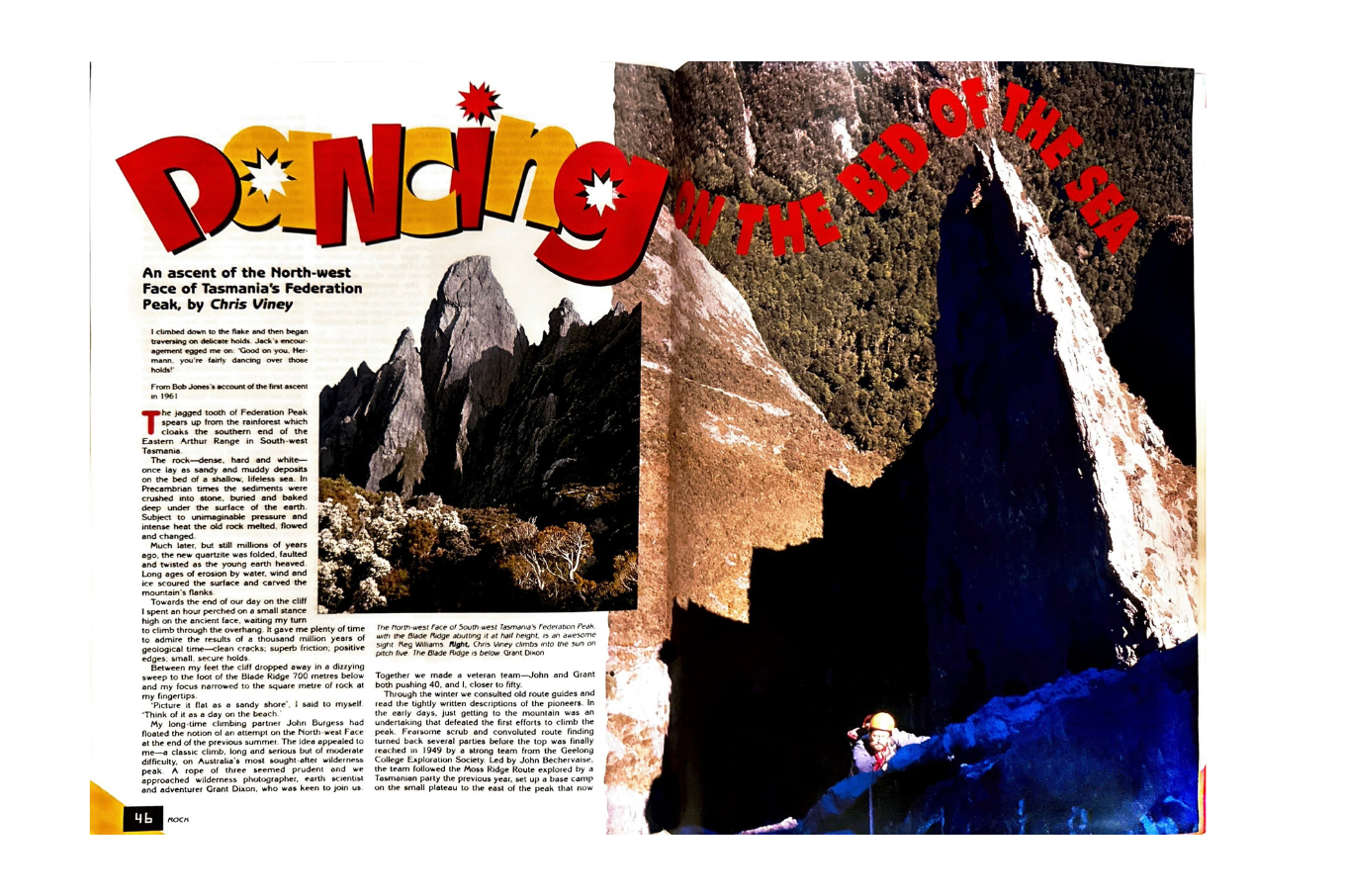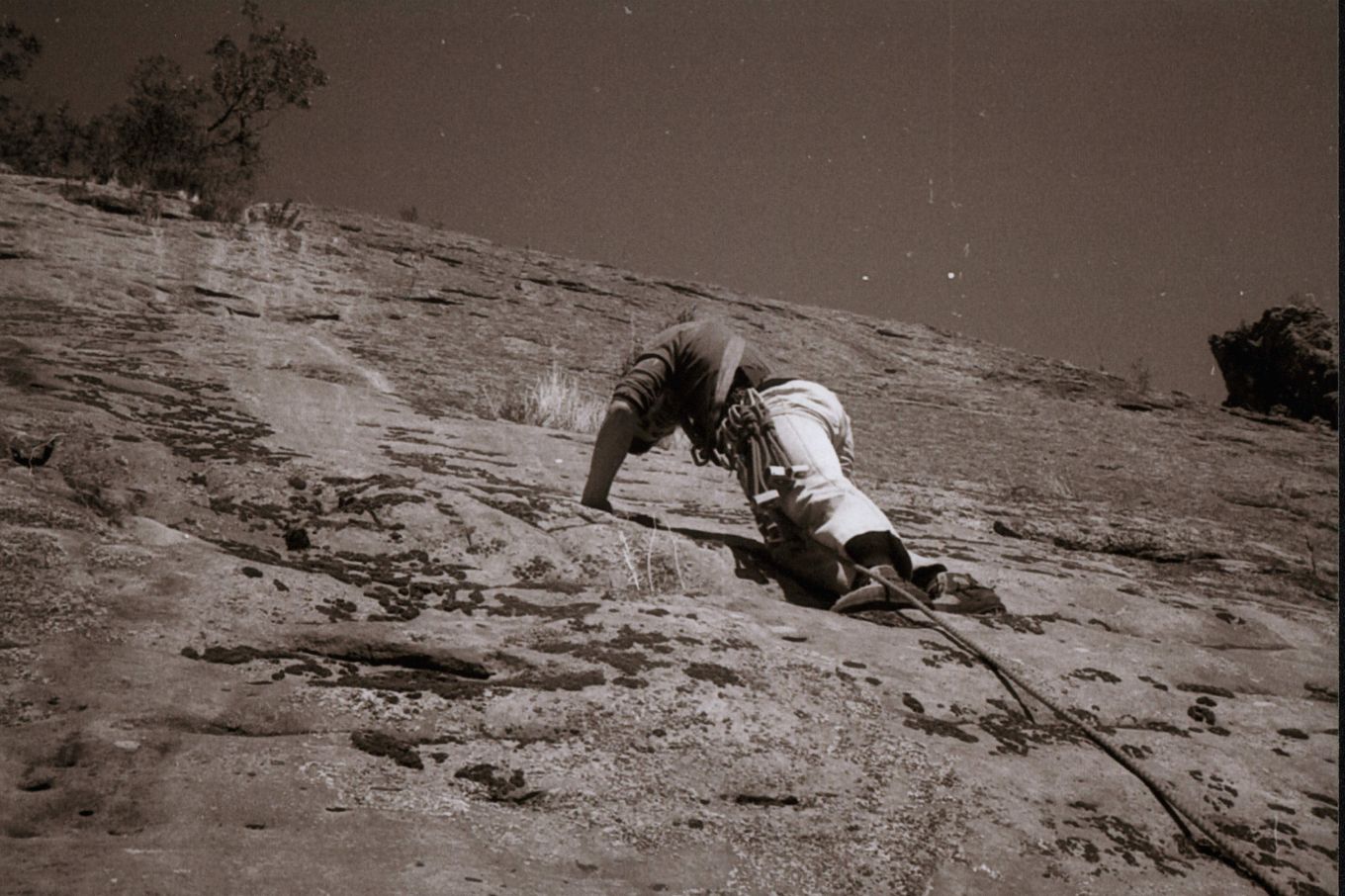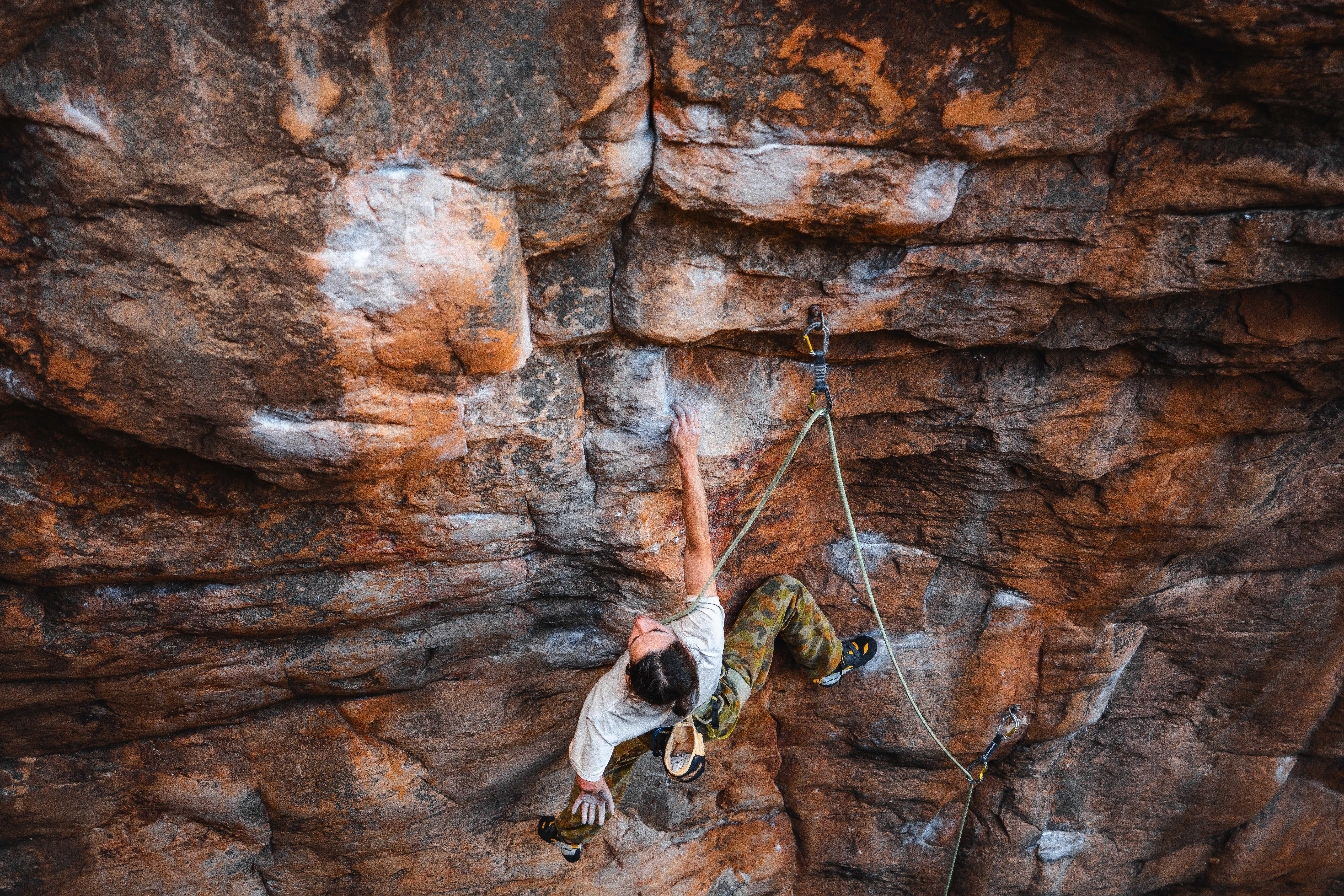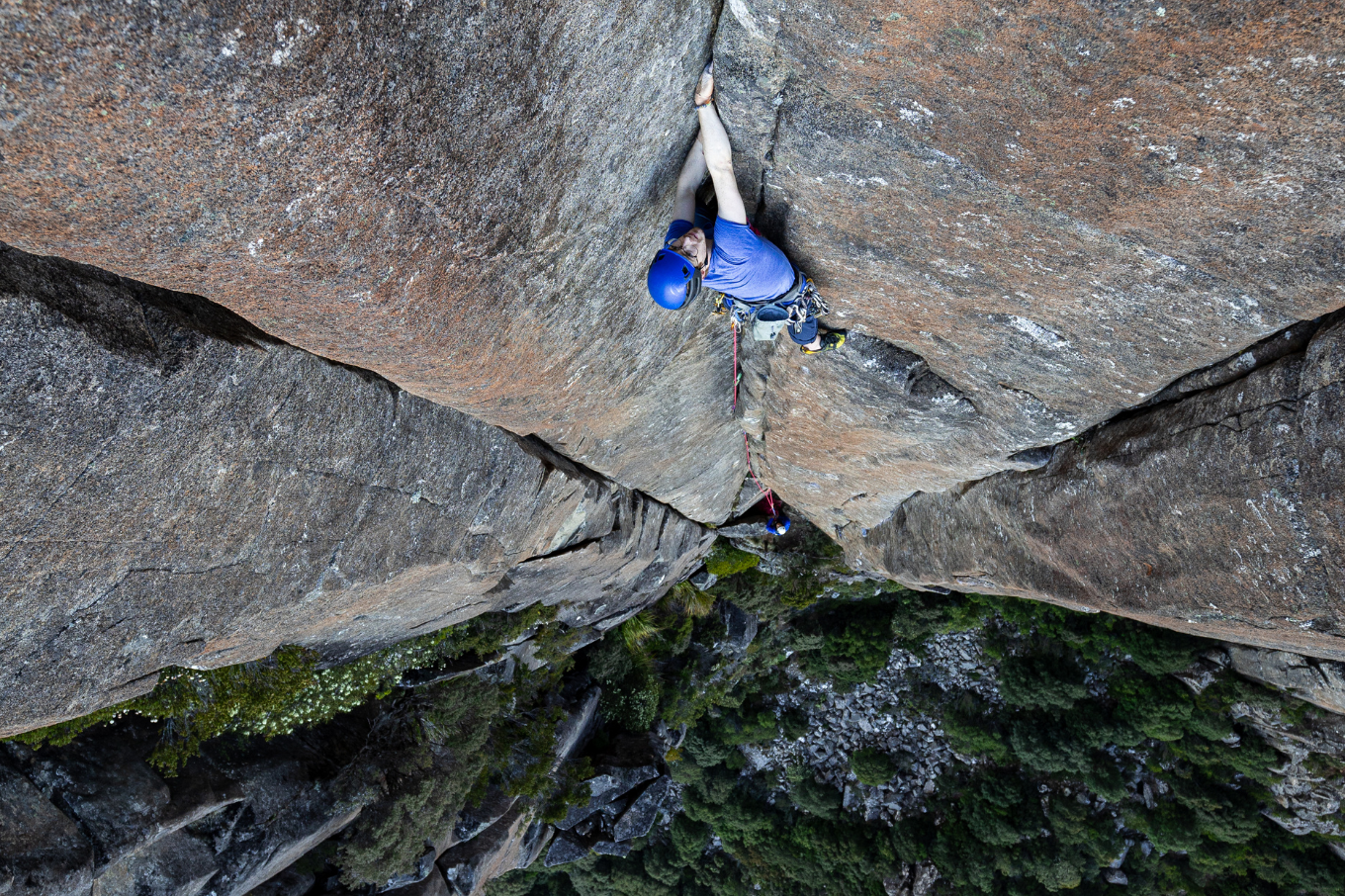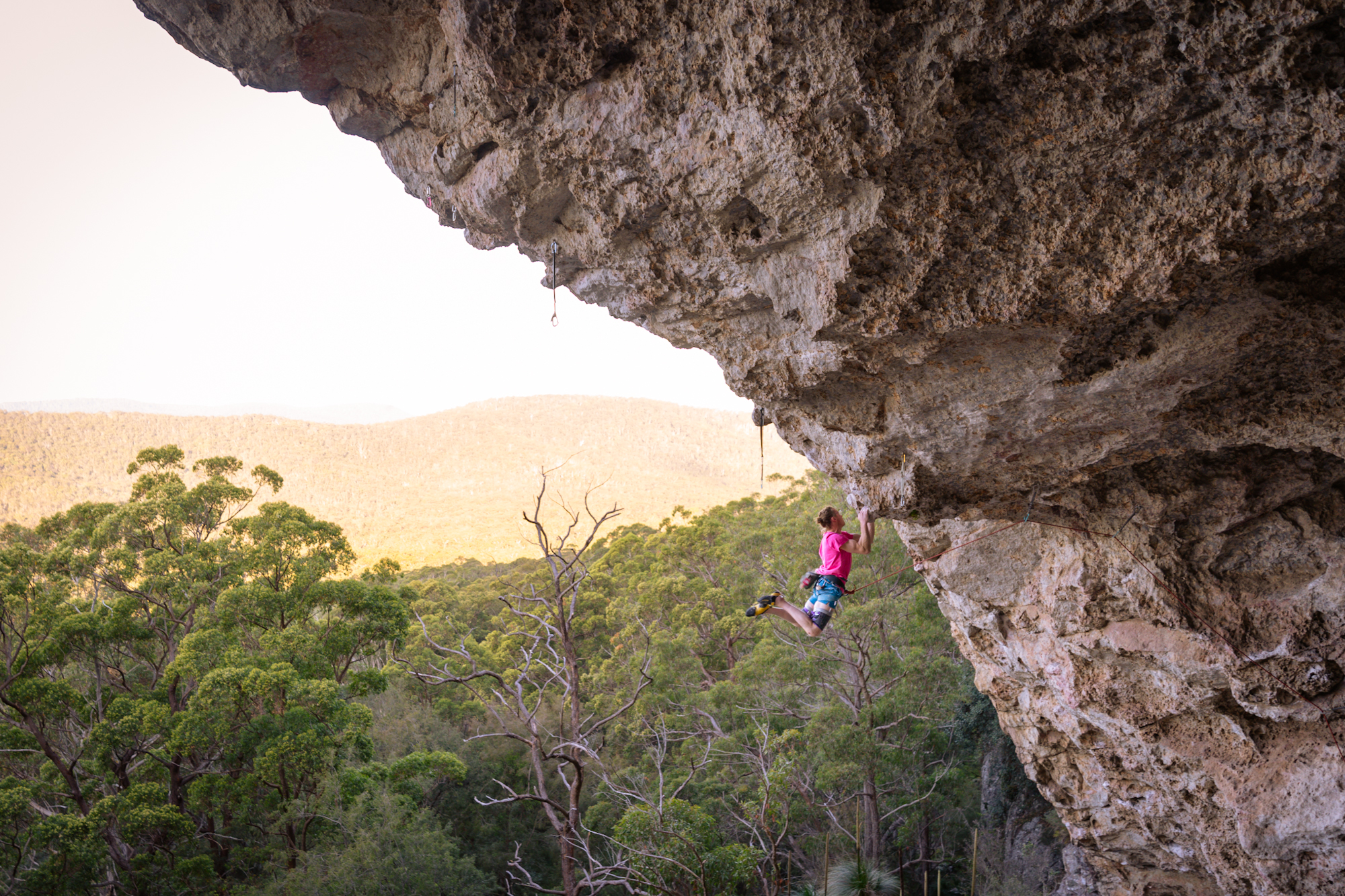Psychologist Dr Kate Baecher examines what makes a climbing partnership work and how to find your perfect match.
With summer in full swing and holidays just around the corner… You know what this means? More time than ever to spend long days scaling rocks, taking falls, getting sunburnt and generally just revelling in stoke.
When we think about our climbing performance, we often think of training and time on rock as the cornerstone of our progression. But the truth is, our progress is often directly related to—and influenced by—our climbing partner.
Think back to a belaytionship that accelerated your capability and love for climbing. What was it about this particular climbing partner that stood out for you? Was it their own climbing ability? Was it their sense of humour? Was it their ability to take a soft catch? Or was it the fact that you always felt safe and supported when your rope was in their hands?
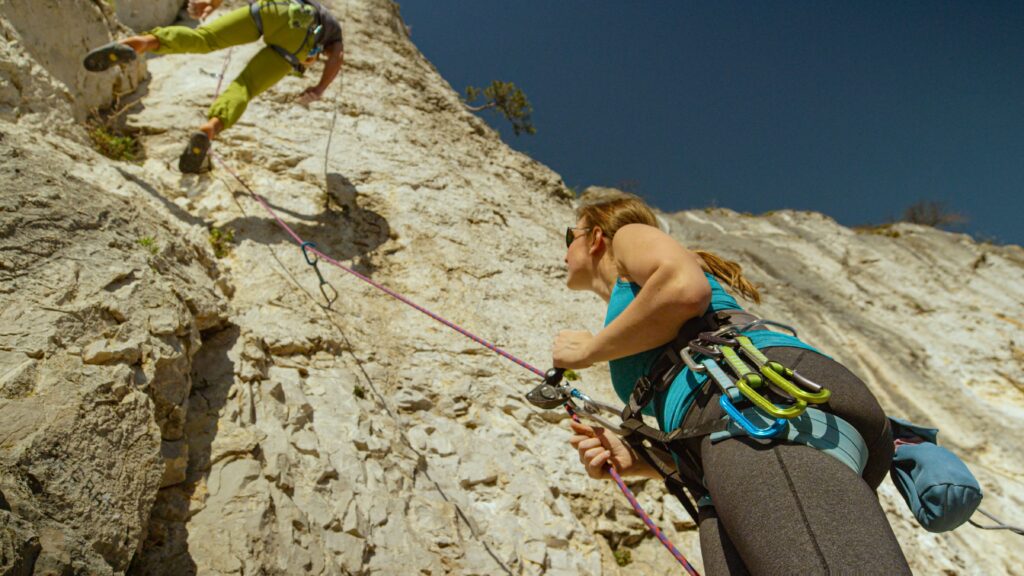
Compare this to one of your worst experiences of a belayer. What did you experience then? Did they lose focus? Shout aggressively at you? Spend more time talking to the others at the crag whilst belaying you, than actually concentrating on you and your needs on the climb?
Climbing partnerships are important. Yes, your partner quite literally keeps you alive; but above that good climbing partner can enhance your skills, make you laugh, cry with you, encourage you and teach you.
So what makes for a good climbing partnership? Let’s explore this a little.
- They have a similar schedule to you. This may sound a bit superficial, but in reality, it’s super important given how busy our lives are these days. You may find the most amazing climbing partner, but if they are never free when you’re free, it makes regular sessions very difficult. As a result, the connection between the two of you may falter.
- Speaking of connection… (in a non-romantic sense here although it is entirely feasible for a romantic connection to develop out of a climbing partnership). Ensuring you can communicate easily and effectively with your climbing partner, and efficiently work together will allow you to balance fun and conversation with solid climbing. For the same reason, it often helps to climb with someone who has similar values to you, as well.
- They can motivate you to push yourself (safely) out of your comfort zone. Sure, it’s fantastic to enjoy spending the day at the crag with someone who is optimistic, supportive and kind… but a good climbing partner will also encourage you to step (safely) outside of your comfort zone; to stretch towards your goals, and will believe in you when at times you don’t believe in you. They will accept you having comfort days, but will also know when to nudge you to try something a little more complex or try one more move.
- They are good communicators. Often there are climbs where the belayer cannot see you throughout the whole climb, so it’s best to know how to communicate with each other when you can’t. Sometimes you won’t even be able to hear each other. The best thing to do is establish both verbal and non-verbal communication. Non-verbal communication can be things such as the belayer keeping a feel on the rope to notice when it is pulling or, weighted or loose. They are alert to your words, but also to your movements.
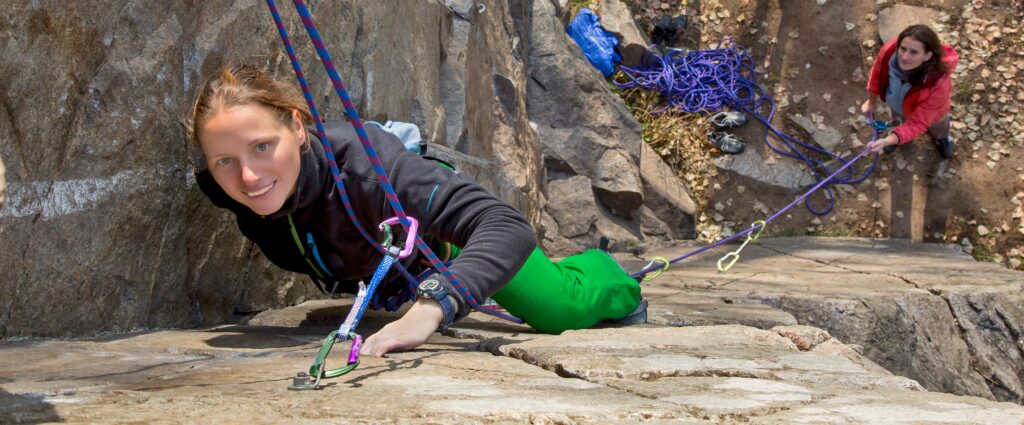
But communication is much more than simply commentary and commands. Offering some encouragement or feedback can significantly influence a climbing experience. Regular verbal supportive communication from a climbing partner shows that they are focused on you and watching your every move—it shows they are present with you. A good climbing partner might offer you suggestions for tough moves or areas where you are looking a bit shaky. They can offer encouragement when you might be able to do a difficult climb but feel scared about various moves. A good climbing partner will assure you that they are there and that they have you, and that might be all you need, even if you are scared and unsure. Communication can develop trust, and trust is paramount in climbing relationships.
It’s true that finding a good climbing partner can be challenging. The combination of busy schedules and mismatching communication styles mean that linking up with a consistent person isn’t always easy. Combine this with finding someone who climbs similar grades and whose company you enjoy, and sometimes it can seem near impossible. But it’s worth searching for because we all have good and bad days at the crag, and if you have a bad day and are with a good climbing partner, at the very least you’ll have been able to spend a day outside with a good friend and hopefully lots of banter and laughs.
So what’s the best way to find a good climbing partner?
Get out there and meet lots of climbers, think outdoor clubs, meetup groups, social media pages, or even good old fashioned chatting to people at the gym or the crag.
But the most important factor in finding a good climbing partner is simply to be one yourself.
This story originally featured. Grab your copy here

